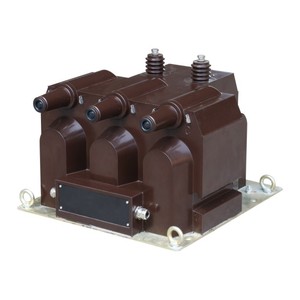
All categories
Featured selections
Trade Assurance
Buyer Central
Help Center
Get the app
Become a supplier









Truy cập nhiều loại công cụ mạnh mẽ, mạnh mẽ và hiệu quả. 400v 220v điện áp chuyển đổi tại Alibaba.com cho tất cả các loại mục đích sử dụng trong dân cư và thương mại. Những cái này. 400v 220v điện áp chuyển đổi được trang bị những công nghệ mới nhất và đi kèm với công suất nguồn riêng biệt để phục vụ mục đích của bạn một cách dễ dàng. Bạn có thể chọn từ hiện có. 400v 220v điện áp chuyển đổi mô hình trên trang web hoặc sử dụng các phiên bản hoàn toàn tùy chỉnh của các sản phẩm này. Chúng bền bỉ và bền vững để cung cấp dịch vụ nhất quán không ngừng mà không có bất kỳ sự cố nào.
Các. Các bộ sưu tập 400v 220v điện áp chuyển đổi được tìm thấy trên trang web được trang bị tất cả các tính năng hấp dẫn như công nghệ làm mát thông minh để làm mát nhanh hơn và thông minh, bảo vệ ngắn mạch, cảnh báo thông minh để phát hiện và hiển thị bất kỳ loại lỗi nào, bảo vệ quá áp, v.v. Những cái này. 400v 220v điện áp chuyển đổi có sẵn các công suất điện áp riêng biệt như 230VAC, 220V / 230V / 240V cho bộ chuyển đổi và 100V / 110V / 120V / 220V / 230V / 240V cho dòng sản phẩm biến tần. Những cái này. 400v 220v điện áp chuyển đổi cũng được trang bị các tính năng bảo vệ phân cực ngược đầu vào.
Alibaba.com có thể giúp bạn chọn từ các tính năng khác biệt. 400v 220v điện áp chuyển đổi với nhiều kiểu mẫu, kích thước, công suất, mức tiêu thụ điện năng, v.v. Những thông minh. 400v 220v điện áp chuyển đổi hiệu quả trong việc tiết kiệm hóa đơn năng lượng ngay cả trong những điều kiện khí hậu khắc nghiệt nhất. Chúng cũng có khả năng sạc nhanh. Bạn có thể sử dụng chúng. 400v 220v điện áp chuyển đổi trong nhà, khách sạn, văn phòng của bạn hoặc bất kỳ tài sản thương mại nào khác, nơi yêu cầu điện năng là tốn kém và quan trọng.
Duyệt qua đa dạng. 400v 220v điện áp chuyển đổi phạm vi tại Alibaba.com và mua những sản phẩm tốt nhất trong số những sản phẩm này. Các sản phẩm này đều được chứng nhận CE, ISO, RoHS và được bảo hành trong thời gian. Đơn đặt hàng OEM có sẵn để mua số lượng lớn với các tùy chọn đóng gói tùy chỉnh.